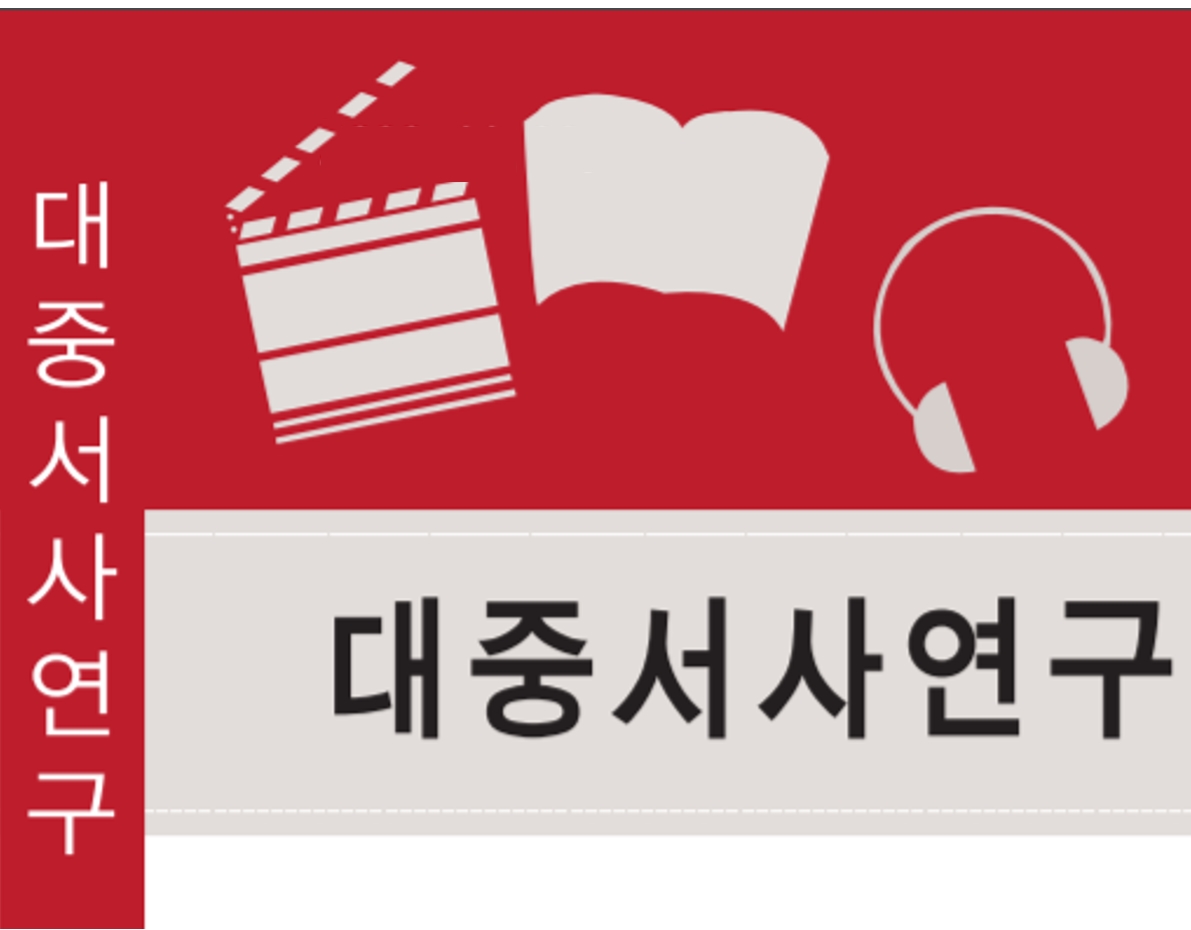대중서사연구
- P-ISSN1738-3188
- E-ISSN2713-9964
‘디지로그’의 개념적 검토와 비판 - 아날로그와 디지털의 개념적 관련성을 중심으로
Critique on concept of Analog, digital and Lee O-Young’s Digilog
Abstract
This study aims to criticize on conceptual ambiguity and arbitrariness of Lee O-Young’s Digilog. The word has disparate origins, digital and analog. Generally these words were considered as contradict concepts. But their historical, etymological relation had been rather continuous and extensive each other. The term ‘Digilog’ is an empty signifier about Korean self-representation. Lee O-Young did not talk about digital, analog and digilog in this book. His argument moves liberal possibilities in digital technological advances to national oppression based on the discourse of Korean’s Cultural Meme. Like the analysis on movies ‘Wild wild west’ and ‘Avengers 2’, the question is that technology is an essential element to form humanity in present. Those images of machine-human interaction or cyborg make be implosive common ideas on the relation of analog and digital.
- keywords
- Lee O-young, Digilog, digilog, analog, digital, technology, interface, machine-human interaction, 이어령, <디지로그 선언>, 디지로그, 아날로그, 디지털, 테크놀로지, 인터페이스, 기계인간
참고문헌
가라타니 고진, 「사케이(借景)에 관한 고찰」, 김윤식 외, 『상상력의 거미줄』, 생각의나무, 2001.
김인곤 외 역, 『소크라테스 이전 철학자들의 단편선집』, 아카넷, 2005.
서현진, 『처음 쓰는 한국 컴퓨터사』, 전자신문사, 1997.
이어령, 『디지로그 선언』, 생각의나무, 2006.
이영준, 『기계비평』, 현실문화연구, 2006.
임태훈, 『검색되지 않을 자유』, 알마, 2014.
전산용어사전편찬위원회, 『컴퓨터인터넷IT용어대사전』, 일진사, 2011.
조형래, 「네트워크의 이데올로기」, 최정우 외, 『아바타 인문학』, 자음과모음, 2010.
조형래, 「컴퓨터의 국가―1980년대 한국의 PC 생산을 둘러싼 기억과 신화」, 『한국문학연구』제47집, 2014, 433-473쪽.
황호덕, 「일본, 그럼에도 여전히, 세계의 입구―『축소지향의 일본인』으로 읽는 후기식민지인의 초상」, 『일본비평』, 3호, 2010, 166-191쪽.
라인하르트 코젤렉, 『지나간 미래』, 한철 역, 문학동네, 1998.
리누스 토발즈 외, 『해커, 디지털 시대의 장인들』, 신현승 역, 세종서적, 2004.
브뤼노 라투르, 『브뤼노 라투르의 과학인문학 편지』, 이세진 역, 사월의책, 2012.
브뤼노 라투르, 『인간·사물·동맹―행위자 네트워크 이론과 테크노사이언스』, 홍성욱 역, 이음, 2010.
슬라보예 지젝, 『전체주의가 어쨌다구?』, 한보희 역, 새물결, 2008.
임마누엘 칸트, 『순수이성비판』1, 백종현 역, 아카넷, 2006.
프리드리히 키틀러, 『광학적 미디어―1999년 베를린 강의: 예술·기술·전쟁』, 윤원화 역, 현실문화, 2011.
Krąpiec, Mieczysław A., “Analogy”, Polskie Towarzystwo Tomasza Z Akwinu. Web. 28 Feb. 2012.(http://www.ptta.pl/pef/haslaen/a/analogy.pdf)
Maley. Corey J., “Analog and Digital, Continuous and Discrete”, Philosophical Studies, Volume 155, August 2011.
Onions, C. T. ed., The Oxford Dictionary of English Etymology, Oxford: The Clarendon Press, 1966.
Weiner, Philip P. ed., Dictionary of the History of Ideas, New York: Charles Scribner’s Sons publishers, 1978.
濱野智史, 「「人工的自然」にどう対峙するか」, 『思想地図vol.3―アーキテクチャ』, NHK出版, 2009.
- 다운로드 수
- 조회수
- 0KCI 피인용수
- 0WOS 피인용수

